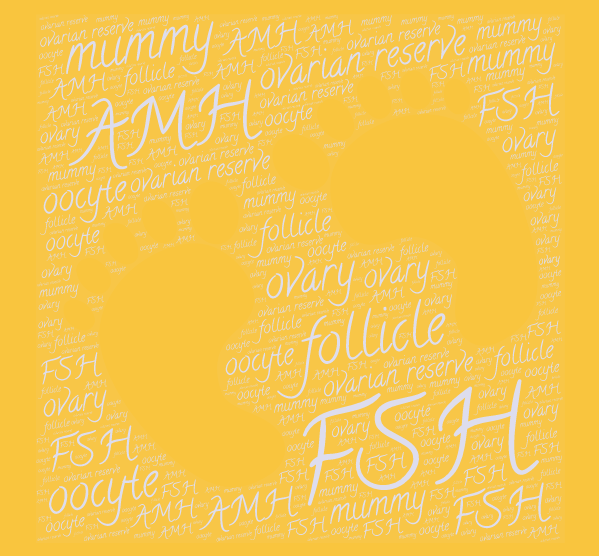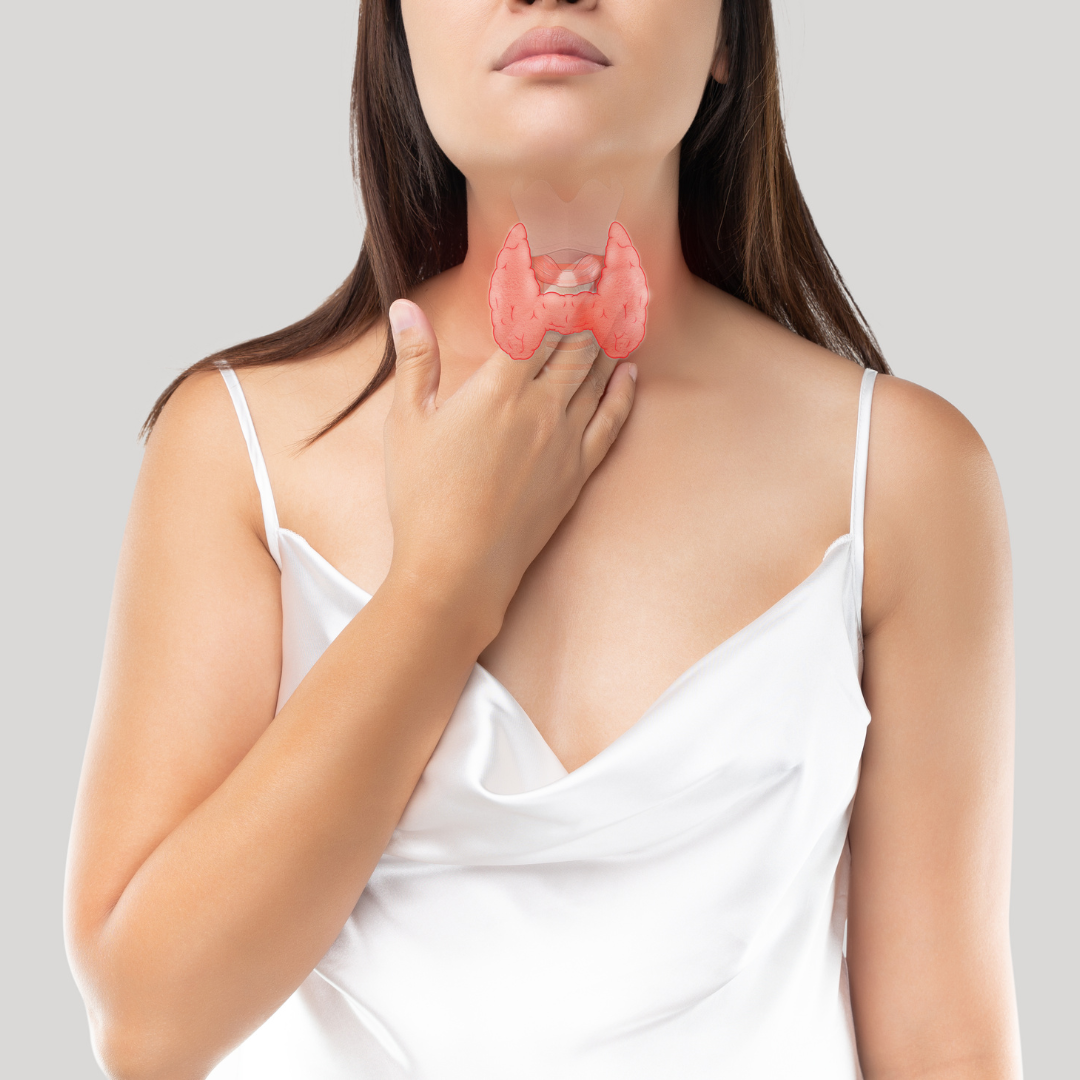At the very beginning of life: the oocyte
At the very beginning of every new human life is a sperm and an ovum.
While spermatozoa are formed anew all the time, women are born with their oocytes (or more exactly, the primordial follicles, from which mature oocytes can develop). Their number and quality decrease with age. The biological clock is ticking… However, there is considerable individual variation on the exact number of follicles left at a certain age.
Determining ovarian reserve
If you would like to know more about the actual state of your personal biological clock, your gynecologist can determine your ovarian reserve. This term refers to the pool of primordial follicles left in your ovaries. To determine your ovarian reserve, your gynecologist needs a blood sample to assess certain hormones and will do an ultrasound scan of your uterus and ovaries.
Importantly: For optimum validity of results, the best time is between day 3 and 5 of your menstrual cycle.
Which hormones are tested and what do the values tell me?
FSH (follicle stimulating hormone, a hormone secreted by the pituitary gland) and estradiol (estrogen) are tested.
High FSH (>8 mIU/l) a in combination with low estradiol (<50 pg/ml) in the first half of your cycle can hint at decreased fertility.
Background info: The level of FSH is determined by a negative feedback mechanism between the ovaries and the pituitary gland. FSH from the pituitary promotes oocyte maturation in the ovaries. While the follicles grow, they send a hormonal signal back tot he pituitary, which ultimately inhibits FSH secretion. Thus, health ovaries require only very small amounts of FSH.
AMH is a marker for the size of growing follicles and ovarian reserve. AMH levels decrease with age with the decline being visible prior to the rise of FSH. From values under 1,0 ng/ml , the chance of motherhood decreases considerably.
Ultrasound
During an ultrasound scan follicles of both ovaries in an early follicle phase with a diameter of 2 mm-10mm are counted. 13 would be considered a good value. Critics point out that results may vary depending on quality of ultrasound used and experience of the doctor.
However, test results should not be taken all too seriously: latest research in the Journal of the American Medical Association found the tests did not correctly predict a woman’s chance of conceiving.
Keep in mind, the tests were originally developed by IVF clinics to predict how a woman having fertility treatment might respond to the drugs used to stimulate the ovaries to produce eggs.
To successfully predict a woman’s fertility, more important than the sheer number of follicles is their quality.
Good news
The number of follicles cannot be altered. However, during the time of maturation of the primordial follicle, a woman can support health and quality of oocytes considerably. Lifestyle and nutrition can than thus play a major role to achieve your dream of becoming a mother.
Reference
Anne Z. Steiner, MD, MPH; David Pritchard, MS; Frank Z. Stanczyk, PhD; James S. Kesner, PhD; Juliana W. Meadows, PhD; Amy H. Herring, ScD; Donna D. Baird, PhD, MPH
Association Between Biomarkers of Ovarian Reserve and Infertility Among Older Women of Reproductive Age
JAMA. 2017;318(14):1367-1376. doi:10.1001/jama.2017.14588







